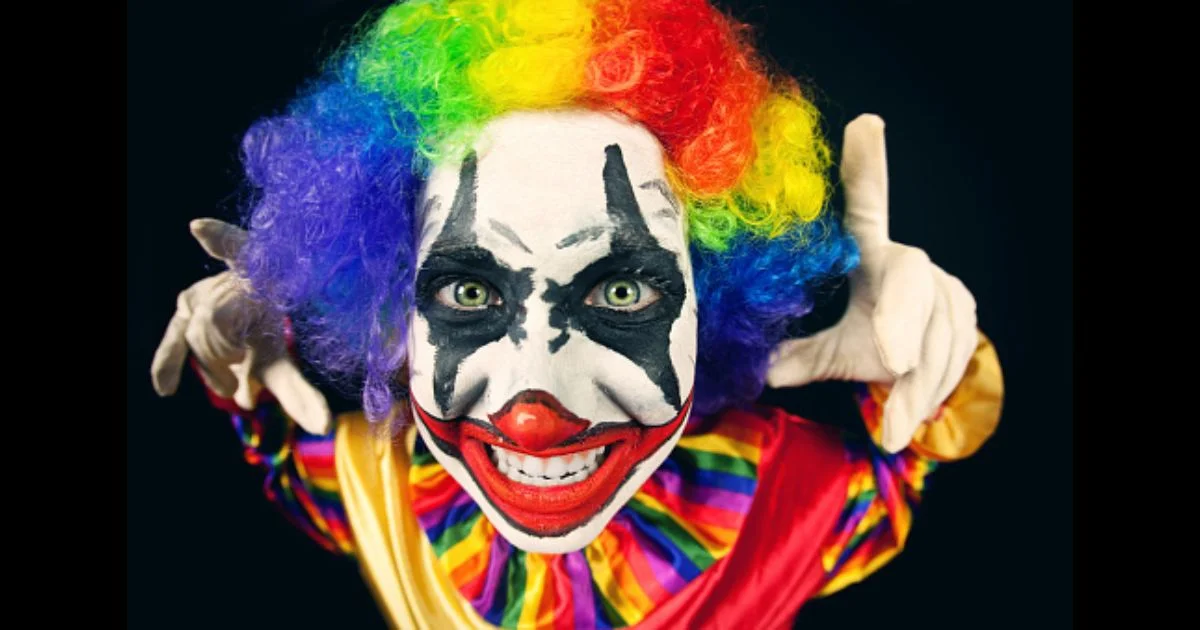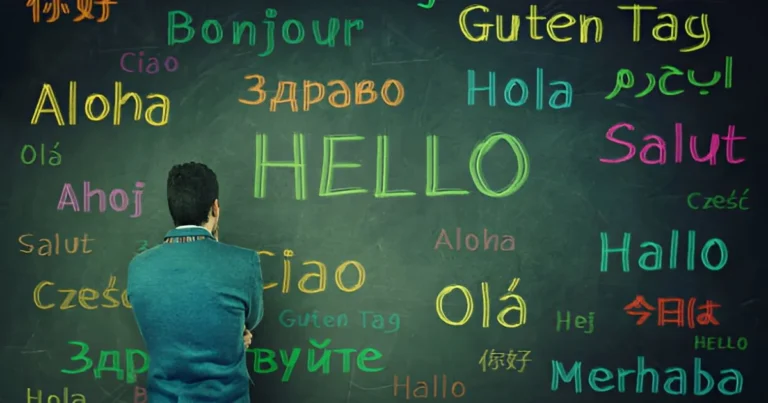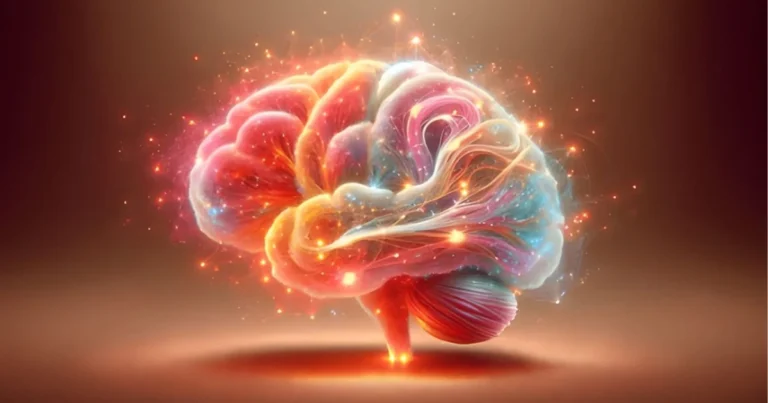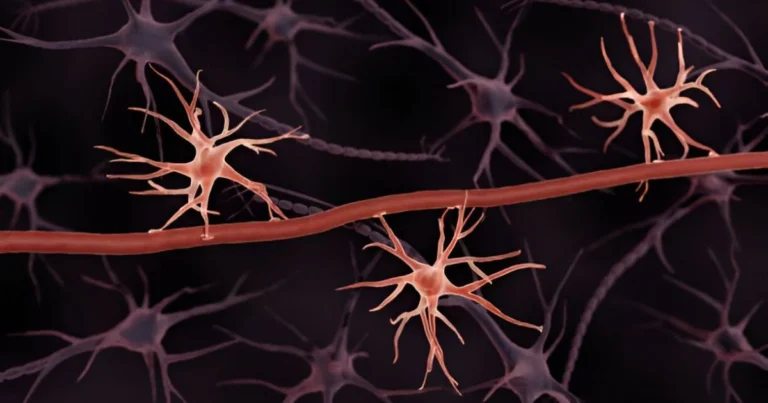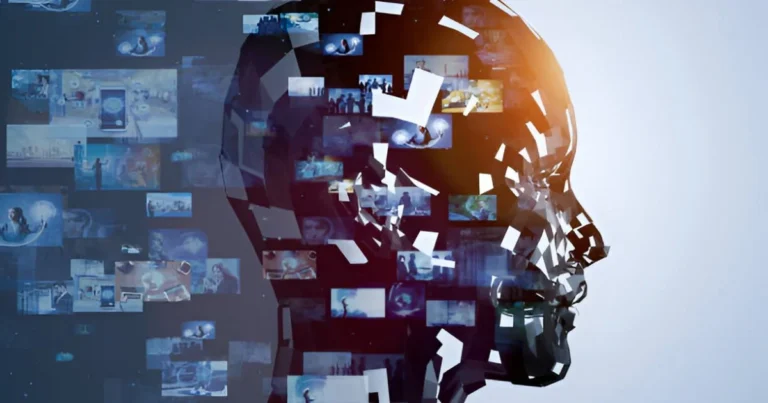Behind the painted smile: The enigma of Coulrophobia
We often believe our past shapes who we are, but what happens when this belief collapses in the face of a fear that seems to arise out of nowhere? Why do certain stimuli provoke profound anxiety, even when they have never been associated with any real danger in our personal experience? Among these modern-day terrors, one in particular stands out for its paradoxical nature: the fear of clowns, known as coulrophobia. How can figures originally intended to entertain and amuse cause some individuals to experience irrational dread, a creeping discomfort, or even sheer panic?
In the popular imagination, clowns traditionally embody joy and innocence. Their bright colors, exaggerated behavior, and role as public entertainers link them to childhood, circus performances, and festive celebrations. However, this carefree image conceals a disturbing duality. Behind the forced grin of the makeup and the clown’s unpredictable gestures lurks an ambiguity that can generate a subtle feeling of unease in certain people. This tension, oscillating between humor and anxiety, raises fundamental questions about how humans perceive faces, respond to the unexpected, and absorb cultural influences that shape our fears.
A closer look at coulrophobia: Exploring the Cognitive roots of Clown fear
The fear of clowns is not merely an isolated psychological quirk; it emerges from a complex set of cognitive, emotional, and social factors. Although coulrophobia is not officially listed in the Diagnostic and Statistical Manual of Mental Disorders (DSM-5), it is widespread. While some phobias stem from a direct traumatic event, coulrophobia appears to follow a different path.
It seems to arise from a subtle blend of perceptual, cognitive, and cultural factors.
A recent study by Philip John Tyson and colleagues at the University of South Wales, published in Frontiers in Psychology in February 2023, sought to better understand the origins and prevalence of this fear. Working with a broad sample of 987 participants from 52 different countries, the research team explored eight potential explanations for coulrophobia: the uncanny valley effect, perceived threat, emotional ambiguity, disgust and avoidance, clown unpredictability, media influence, social conditioning, and traumatic experience.
Analysis of the responses suggests that fear of clowns may be tied to our innate ability to detect faces and interpret emotional expressions. Exaggerated makeup, freezing the clown’s expression in a permanent smile, obscures any clear signal of intent, creating a fundamental uncertainty. This uncertainty grows worse when combined with clowns’ typically unpredictable behavior, which deviates from social norms and triggers a heightened state of alert. Together, this lack of readable expression and erratic behavior puts individuals on edge and intensifies feelings of discomfort.
🔗 Read also: Unmasking Anxiety: Why We’re Never Affected the Same Way
Another critical factor identified by the study is the influence of media portrayals. Many participants cited chilling clown imagery found in horror films and literature. Historically, the portrayal of clowns has evolved over time, moving from mere public entertainers to a more unsettling, even menacing figure. While jesters and fools have always hinted at subversion, the late 19th century signaled a turning point with darker depictions. The opera Pagliacci (1892) introduced a tragic and violent clown, and the 20th century saw the rise of the killer clown trope, which remains ubiquitous in popular culture. From Pennywise, the malevolent clown in Stephen King’s novel It, to the Joker, personifying chaos in the Batman universe, modern clowns have become a universal symbol of dread. This shift from comedic to sinister is no accident. It reflects a fundamental change in how we relate to the grotesque and the unknown. What was once linked to innocence has become a metaphor for unpredictable danger and hidden threats.
This lack of readable expression and erratic behavior puts individuals on edge and intensifies feelings of discomfort.
This cultural imprint plays a central role in the formation of this fear, reinforcing the idea that coulrophobia is not just an instinctive response but also a phenomenon deeply rooted in our collective imagination. Moreover, the study found that personal traumatic encounters with clowns, often cited as a prime cause, did not rank highly as a deciding factor, scoring significantly lower than the other criteria. This finding challenges the notion that a single formative trauma drives clown phobia and instead points to a multifaceted origin, where cognitive biases, cultural influences, and perceptual difficulties interconnect to create a pervasive sense of unease.
These insights shed valuable light on the mechanisms behind this fear and suggest new avenues for therapeutic approaches. Rather than searching for a singular traumatic event, interventions might aim to gradually desensitize individuals to the emotional ambiguity and cultural stereotypes surrounding clowns, for instance by reframing this character’s role and restructuring negative associations through cognitive techniques. Ultimately, the study highlights the complexity of coulrophobia and underscores a critical point: fear of clowns is not a mere psychological oddity, but rather a revealing window into how our brains perceive, interpret, and respond to uncertainty and the uncanny.
🔗 Explore further: Understanding the silent prison of Claustrophobia
Why clowns haunt our minds: The deeper layers of a modern phobia
One of the first theories proposed to explain the fear of clowns is the concept of the uncanny valley, introduced by Masahiro Mori in 1970. It describes the discomfort we feel when encountering an entity that appears almost human but fails to replicate human features convincingly. This phenomenon is well-documented in robotics and computer animation, but it also applies to clowns, whose exaggerated traits (makeup, fixed grin, intense gaze) place them squarely in this cognitively ambiguous zone.
Our brains specialize in face recognition and reading emotional expressions, yet they struggle to interpret a clown’s frozen mask. The sensory overload produced by bright colors and distorted features triggers excessive activation in the amygdala, a key component of the limbic system involved in detecting threats. We see a smile but cannot discern genuine intent, fueling an undercurrent of unease.
The sensory overload produced by bright colors and distorted features triggers excessive activation in the amygdala, a key component of the limbic system involved in detecting threats.
Furthermore, the clown’s unpredictability adds to this discomfort. Research on fear and uncertainty shows that we are biologically programmed to anticipate other people’s actions. Clowns, by definition, play with the absurd, the illogical, and the element of surprise. This inability to predict their behavior activates the neural circuits associated with vigilance and stress, making their presence acutely unsettling for some individuals.
Although these neurological underpinnings explain part of the story, they do not account for the profound cultural roots of clown fear, where the clown figure constantly wavers between entertainment and menace, particularly through the growing popularity of “killer clowns” in popular culture. This shift has not been confined to fiction. In the 1970s, the serial killer John Wayne Gacy, who dressed as a clown for charitable events, further strengthened the link between clowns and real-life danger. These widespread references continue to shape our collective perception, helping sustain a phobia that sometimes even passes from one generation to the next.
🔗 Discover more: How fear drives Anxiety disorders
While clown phobia might appear trivial, it can become genuinely debilitating for certain people. Gaining a deeper understanding of the underlying mechanisms could help develop better-suited coping strategies. Coulrophobia is not simply an irrational fear; it exposes core aspects of both our cognition and our culture. By exploring its neuroscientific, psychological, and societal roots, we gain a clearer perspective on how a seemingly harmless figure can serve as a powerful catalyst for anxiety.
References
Tyson, P. J., Davies, S. K., Scorey, S., & Greville, W. J. (2023). Fear of clowns: An investigation into the aetiology of coulrophobia. Frontiers in Psychology, 14, 1109466.
M. Mori, K. F. MacDorman and N. Kageki, “The Uncanny Valley [From the Field],” in IEEE Robotics & Automation Magazine, vol. 19, no. 2, pp. 98-100, June 2012.


